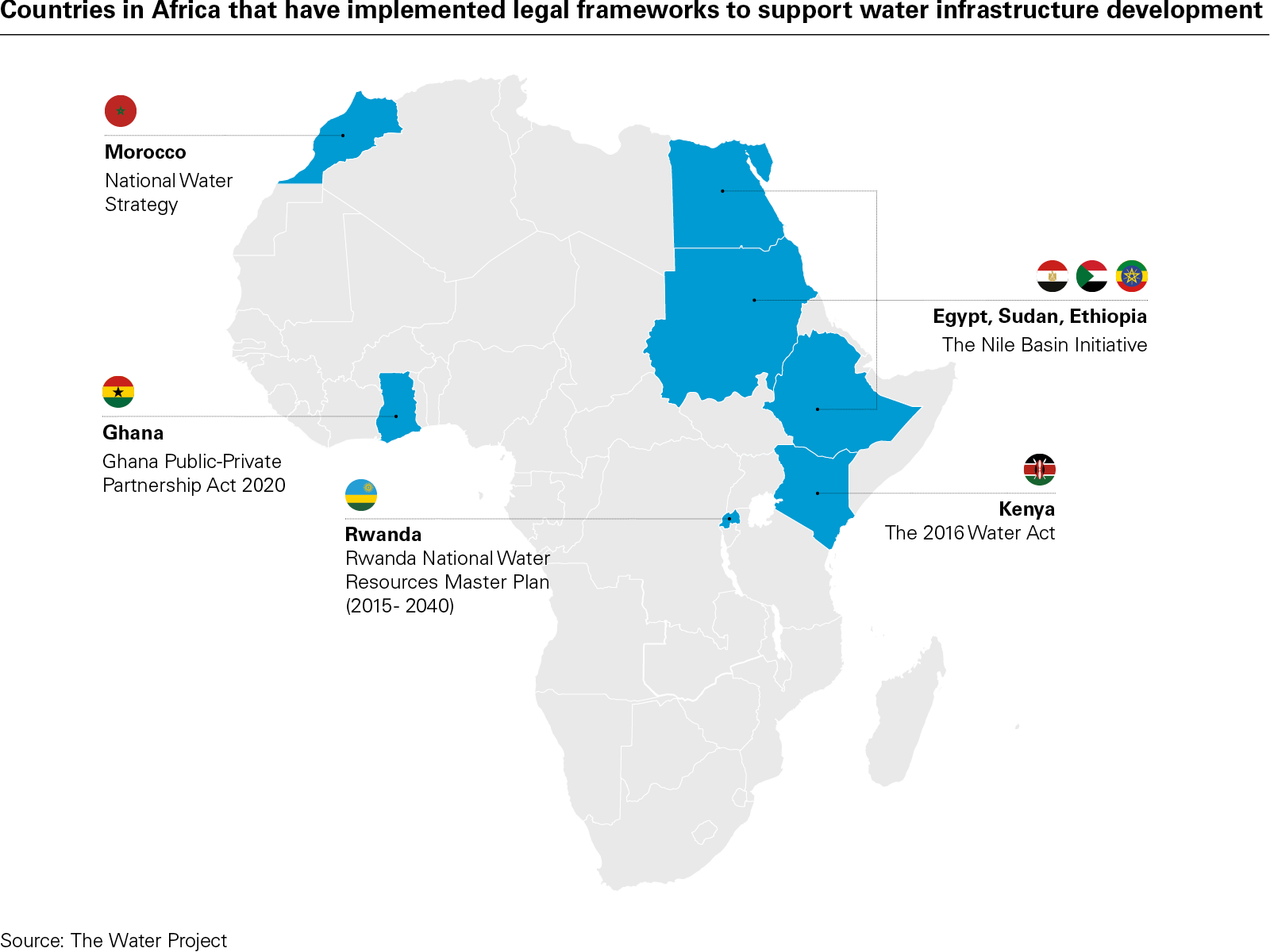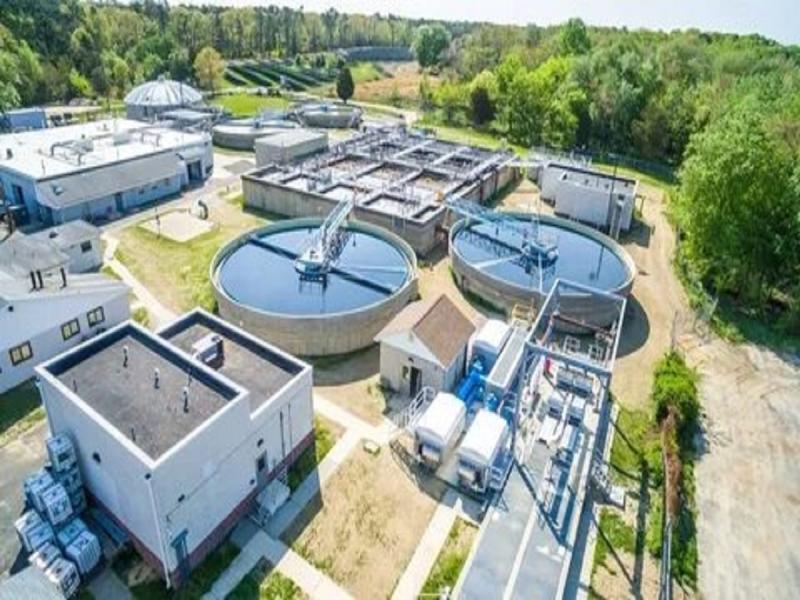Free recycled water available Fridays in Atwater Village and more news of note – The Eastsider LA

Community Initiatives Report: Alignment with Sustainable Development Goals (SDGs)
LADWP Recycled Water Program: Advancing Water Security and Sustainability
The Los Angeles Department of Water and Power (LADWP) has reopened its Recycled Water Fill Station in Atwater Village. This initiative directly supports local water conservation efforts by providing a sustainable alternative for outdoor landscaping needs. The program represents a significant step towards responsible water management within the urban environment.
Operational details for participation are as follows:
- The fill station is open every Friday from 8 a.m. to 3 p.m.
- Participants must present a valid ID and a corresponding LADWP bill.
- A brief training course on the safe handling and use of recycled water is mandatory.
- Customers may collect up to 300 gallons of recycled water per visit, bringing their own containers.
This program makes substantial contributions to several key Sustainable Development Goals:
- SDG 6: Clean Water and Sanitation: By promoting the use of recycled water, the initiative directly addresses Target 6.3 (increasing recycling and safe reuse globally) and Target 6.4 (increasing water-use efficiency), reducing the strain on potable water sources.
- SDG 11: Sustainable Cities and Communities: The program supports Target 11.6 by helping to reduce the environmental impact of the city through improved water resource management.
- SDG 12: Responsible Consumption and Production: This initiative encourages the sustainable management and efficient use of natural resources, in line with Target 12.2.
La Tierra De La Culebra Park: Fostering Green Spaces and Community Partnerships
A potential lease agreement is being developed that would transfer operational oversight of La Tierra De La Culebra Park in Highland Park to the LA Neighborhood Land Trust. This proposed public-private partnership aims to secure the long-term maintenance and preservation of this vital urban green space. According to the Land Trust, the core priorities for the park would remain unchanged, ensuring it continues to serve the community.
This development aligns with the following Sustainable Development Goals:
- SDG 11: Sustainable Cities and Communities: The effort to maintain and enhance the park directly supports Target 11.7, which calls for providing universal access to safe, inclusive, and accessible green and public spaces.
- SDG 15: Life on Land: By ensuring the park’s continued existence as a managed green space, the partnership contributes to the protection of urban biodiversity and terrestrial ecosystems.
- SDG 17: Partnerships for the Goals: The proposed lease between a city entity and a non-profit land trust is a prime example of the multi-stakeholder partnerships (Target 17.17) necessary to achieve sustainable development.
Legacy of Razia Jan: A Commitment to Quality Education and Gender Equality
The recent passing of Echo Park resident Razia Jan at age 81 is noted. Ms. Jan was the founder of a school for girls in Afghanistan, an institution that has persevered in providing education despite significant political challenges, including the Taliban’s rise to power. Her life’s work represents a profound contribution to global education and empowerment.
Ms. Jan’s legacy is a powerful illustration of progress toward critical Sustainable Development Goals:
- SDG 4: Quality Education: Her work directly embodies the mission of SDG 4, particularly Target 4.1 (ensuring all girls complete free, equitable, and quality education) and Target 4.5 (eliminating gender disparities in education).
- SDG 5: Gender Equality: By establishing and protecting a space for female education in a challenging environment, Ms. Jan championed the empowerment of women and girls, a core objective of SDG 5.
- SDG 10: Reduced Inequalities: Providing educational access to a marginalized group is a fundamental strategy for reducing inequality, aligning with Target 10.2, which aims to empower and promote the social inclusion of all, irrespective of gender.
Analysis of SDGs in the Article
1. Which SDGs are addressed or connected to the issues highlighted in the article?
-
SDG 4: Quality Education
The article mentions Razia Jan, the founder of a girls’ school in Afghanistan. This directly relates to the goal of ensuring inclusive and equitable quality education for all, particularly for girls in challenging environments.
-
SDG 5: Gender Equality
The story of Razia Jan’s school specifically for girls, which has remained open despite the Taliban’s rule, is a powerful example of an initiative aimed at achieving gender equality and empowering women and girls through education.
-
SDG 6: Clean Water and Sanitation
The Los Angeles Department of Water and Power’s (LADWP) program offering free recycled water for outdoor use directly addresses the sustainable management of water resources and promotes water conservation.
-
SDG 11: Sustainable Cities and Communities
This goal is relevant in two instances: the recycled water program, which contributes to sustainable urban water management, and the discussion about La Tierra De La Culebra Park, which concerns the provision and maintenance of public green spaces within a city.
-
SDG 17: Partnerships for the Goals
The potential lease of La Tierra De La Culebra Park to the LA Neighborhood Land Trust by the city’s Board and Recreation and Park Commissioners exemplifies a public-civil society partnership to achieve common goals.
2. What specific targets under those SDGs can be identified based on the article’s content?
-
Target 4.1: By 2030, ensure that all girls and boys complete free, equitable and quality primary and secondary education.
The article’s mention of Razia Jan founding a “girls’ school in Afghanistan” directly supports this target by providing educational opportunities where they are scarce.
-
Target 5.c: Adopt and strengthen sound policies and enforceable legislation for the promotion of gender equality and the empowerment of all women and girls at all levels.
The establishment and continued operation of a girls’ school, as described in the article, is a grassroots action that embodies the spirit of this target, promoting gender equality through direct intervention.
-
Target 6.4: By 2030, substantially increase water-use efficiency across all sectors and ensure sustainable withdrawals and supply of freshwater to address water scarcity.
The LADWP’s program provides “free recycled water for outdoor use” and explicitly “supports water conservation,” which directly contributes to increasing water-use efficiency in the residential sector.
-
Target 11.7: By 2030, provide universal access to safe, inclusive and accessible, green and public spaces.
The article discusses the management and maintenance of “La Tierra De La Culebra Park,” a “green space.” The effort to secure its operations through a lease with a land trust aims to ensure the continued accessibility of this public space.
-
Target 17.17: Encourage and promote effective public, public-private and civil society partnerships, building on the experience and resourcing strategies of partnerships.
The proposed arrangement where the “LA Neighborhood Land Trust” would lease and support the operations of a city-owned park is a clear example of a public-civil society partnership.
3. Are there any indicators mentioned or implied in the article that can be used to measure progress towards the identified targets?
- Indicator for Target 6.4: The article states that LADWP customers can pick up “up to 300 gallons of free recycled water.” This specific volume serves as a direct quantitative indicator of the amount of reused water being made available to promote water efficiency.
- Indicator for Target 11.7 & 17.17: The potential lease agreement between the city and the LA Neighborhood Land Trust is an implied indicator. The successful establishment of this partnership would be a measure of progress in maintaining public green spaces through collaborative efforts.
- Indicator for Target 4.1 & 5.c: The fact that the girls’ school in Afghanistan “has stayed open even with the Taliban in power” is a critical qualitative indicator. It measures the resilience and success of the educational initiative in providing access to education for girls against significant opposition.
SDG Analysis Summary Table
| SDGs | Targets | Indicators |
|---|---|---|
| SDG 4: Quality Education | 4.1: Ensure all girls and boys complete free, equitable and quality primary and secondary education. | The continued operation of the girls’ school in Afghanistan (“has stayed open”). |
| SDG 5: Gender Equality | 5.c: Adopt and strengthen sound policies… for the promotion of gender equality. | The existence of a school specifically for girls in a restrictive environment. |
| SDG 6: Clean Water and Sanitation | 6.4: Substantially increase water-use efficiency… to address water scarcity. | Volume of recycled water provided to customers (“up to 300 gallons”). |
| SDG 11: Sustainable Cities and Communities | 11.7: Provide universal access to safe, inclusive and accessible, green and public spaces. | The continued operation and maintenance of La Tierra De La Culebra Park. |
| SDG 17: Partnerships for the Goals | 17.17: Encourage and promote effective public, public-private and civil society partnerships. | The proposed lease agreement between the city and the LA Neighborhood Land Trust for park management. |
Source: theeastsiderla.com

What is Your Reaction?
 Like
0
Like
0
 Dislike
0
Dislike
0
 Love
0
Love
0
 Funny
0
Funny
0
 Angry
0
Angry
0
 Sad
0
Sad
0
 Wow
0
Wow
0













































































